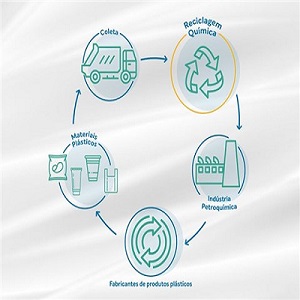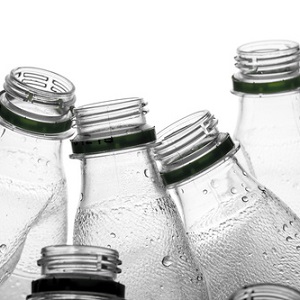Researchers Develop Self-healing Composite; Prototype on Display at JEC World 2019

Researchers from EPFL's Laboratory for Processing of Advanced Composites have developed a material that can easily heal after being damaged. This cutting-edge composite could be used in aircraft, wind turbines, cars and sports equipment. When a wind turbine blade or an airplane is hit by something, the damaged part has to be either replaced or patched with resin. Replacing the part is expensive, while repairing it with resin can make it heavier and change its properties. But now, with this new, patented technology, researchers at EPFL have found a way to quickly and easily repair cracks in composite structures . Heat-based Self-healing System "With our technology, a repair agent is incorporated in the composite material," says Amaël Cohades, a researcher at EPFL School of Engineering's Laboratory for Processing of Advanced Composites (LPAC). Cracks in the resin can be repaired on site in little time by simply heating the material to 150°C. The heating pr





